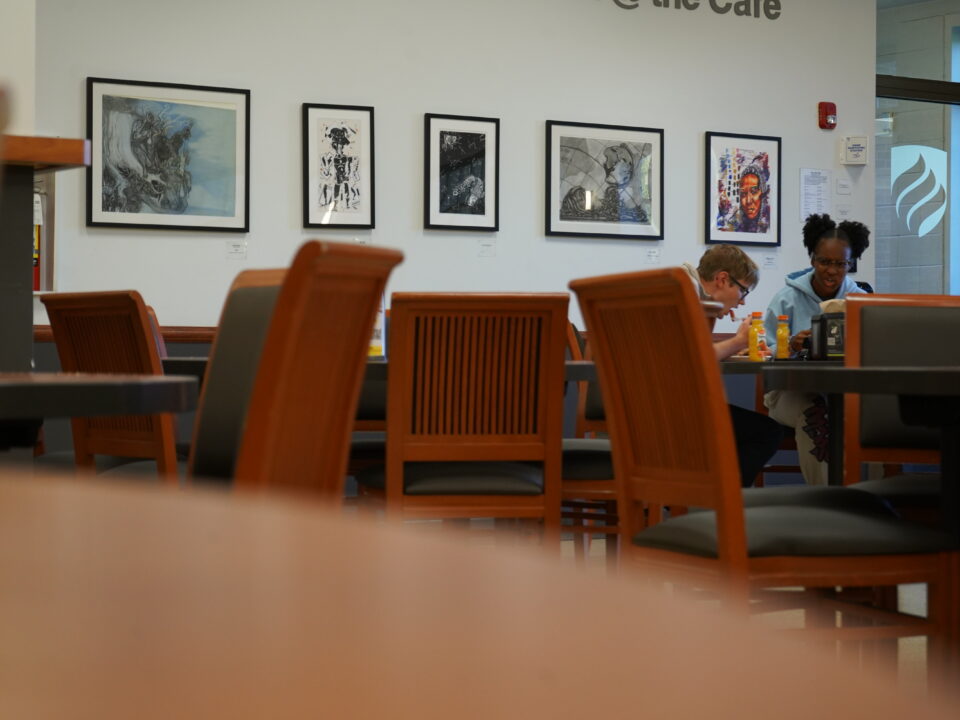“Lilo and Stitch” live-action remake slammed over whitewashed casting

Internet Photo
As of this point, Disney has made it a goal to remake every successful animated film into a live-action film for the sake of profit. From “Cinderella,” to “Mulan,” to “The Lion King” and even “The Jungle Book.”
Right now Disney has its “The Little Mermaid” remake set for this year, and Dwayne the Rock Johnson is in talks of remaking “Moana,” a film that isn’t even ten years old.
One of these remakes in the works is “Lilo and Stitch,” with controversial casting over certain actors.
For those that don’t know, “Lilo and Stitch” is a 2002 animated film centered around an alien creature known as Stitch, who’s adopted by a little Hawaiian girl named Lilo.
The film touched on the themes of found family through the Hawaiian concept of Ohana (Family), meaning nobody gets left behind or forgotten.
The movie was a success at the box office at that time and the first to represent modern Hawaii and its people, predating “Moana.”
The live-action adaptation has already gotten casting for the main characters. Among them are Zach Galifianakis as Jumba, Billy Magnussen as Pleakley, and Courtney B. Vance as Cobra Bubbles.
Chris Sanders, the writer of the original film and the voice of Stitch, will come back to voice the titular character.
The controversy started with the casting of Lilo’s family.
Lilo is set to be played by Maia Kealoha, and her sister Nani played by Sydney Agudong. Agudong has been reported as being of partly Hawaiian descent but is light-skinned compared to other native Hawaiians.
This has led to widespread criticism over whitewashing and colorism towards the crew.
Whitewashing and colorism have been issues regarding representation in the media through various outlooks. Yet, it also begs the question of just how “ethnically pure” an actor must be to play such characters.
In “Crazy Rich Asians,” Henry Golding, who played the main love interest, was accused of not being “Asian enough” since he’s half British.
Another Disney film, “Raya and the Last Dragon,” was advertised as being a “Southeast Asian film” when a majority of its voice cast was of East Asian origin, with the exception of Kelly Marie Tran.
Also, the live-action “Aladdin” remake casted Naomi Scott, who’s half Indian and half British, to play Princess Jasmine, a middle eastern character.
Adudong herself was slammed with attacks on her Instagram account for agreeing to play a role that was meant for a “darker skin” actor.
This debate just raises more questions and opinions regarding who gets to represent an ethnic minority based on how dark or light their complexity is, or if they’re mixed or ethnically “pure.”


